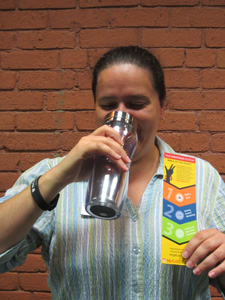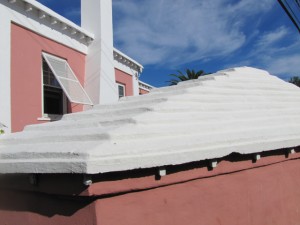Inspired by my colleague Giovanna’s post about the Science Hall of Fame and their all male Top 10, I want to introduce you to a fantastic Canadian not-for-profit organization, the Society for Canadian Women in Science and Technology (SCWIST). Perhaps you’ve heard of them, maybe you’re even a member, and if that’s the case, bravo!
SCWIST has a clear aim and it’s to “support and promote the education of girls and women through programs and activities that [they] develop in partnership with the community…boost the numbers, retention and status of women in the workplace by facilitating networking, mentoring and advocating woman-friendly policies [and] highlight opportunities, achievements and positive messages for and about women in the field. [They] do this by raising public awareness and guiding policy implementation.”
SCWIST has been around since 1981. 31 years ago, there’s no question that SCWIST’s influence would have been greatly needed. The times, yes, they’ve changed (how much they’ve changed is somewhat debatable of course), so if you’re wondering why SCWIST soldiers on, they’ve anticipated this question and provided some excellent answers:
-
Out-dated assumptions persist about women as leaders in science and technology. Men continue to dominate senior leadership positions within these areas, despite the equal ability of their female colleagues
-
There are growing numbers of highly-trained women who have immigrated to Canada who do not work in their chosen fields. Our IWIS program provides support to these women
-
SCWIST grows with the new realities: we support and promote women in their education and career choices
-
As part of our ms infinity program we delight in encouraging girls to imagine science, engineering and technology as part of their future
So, hats off to SCWIST, and to all the girls and women pursuing an education or excelling at a career in science and technology!
Oh, and as an aside, while I was perusing SCWIST’s blog I found the most recent post very interesting. It’s a thoughtful and nuanced piece, wherein the author reacts to the backlash on the blogosphere and Twitterverse, after the European Commission developed and distributed, what turned out to be, a very controversial video as part of their campaign to encourage more girls to pursue STEM careers. If you’re so inclined, watch the video (it’s actually quite hilarious), read the post, and discuss!
Image from Indiana University’s website
 If you are curious about the physical universe this free introductory College Physics textbook from OpenStax College may be just the thing you need. It is peer-reviewed by educators and has the look and feel of a classic illustrated textbook but with a Creative Commons Attribution 3.0 license. It can be downloaded, edited, customized, and reused, or you can just go ahead and dedicate some time to expanding your mind with conceptual questions, problems and exercises online.
If you are curious about the physical universe this free introductory College Physics textbook from OpenStax College may be just the thing you need. It is peer-reviewed by educators and has the look and feel of a classic illustrated textbook but with a Creative Commons Attribution 3.0 license. It can be downloaded, edited, customized, and reused, or you can just go ahead and dedicate some time to expanding your mind with conceptual questions, problems and exercises online.





